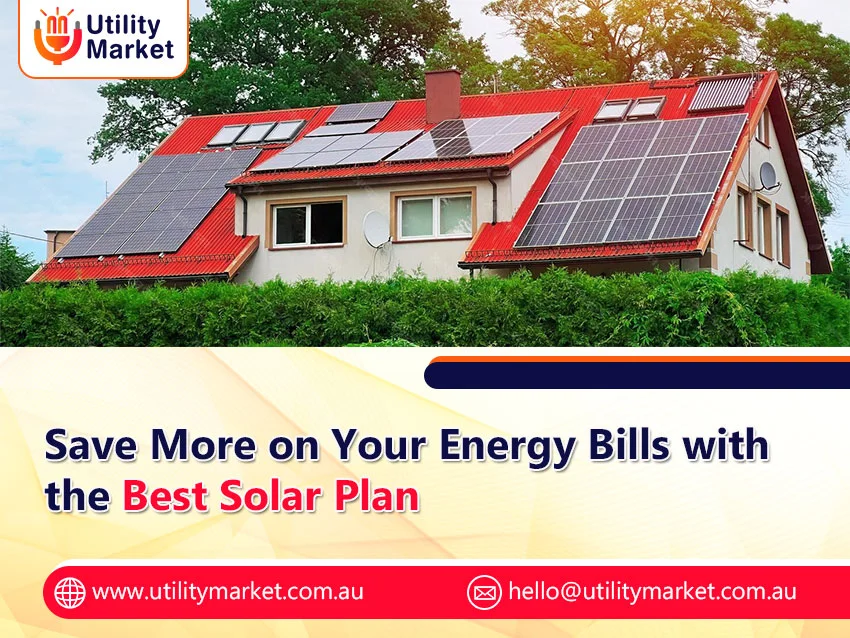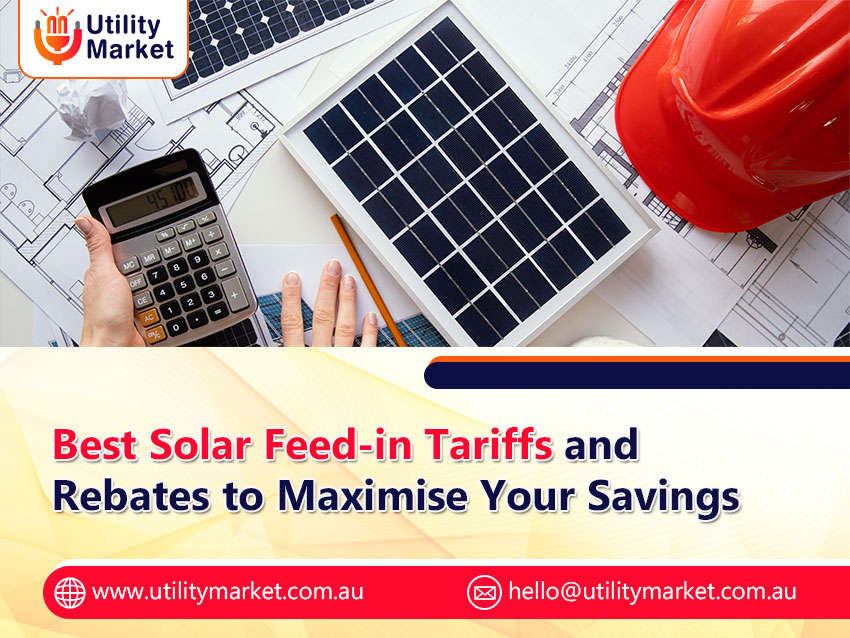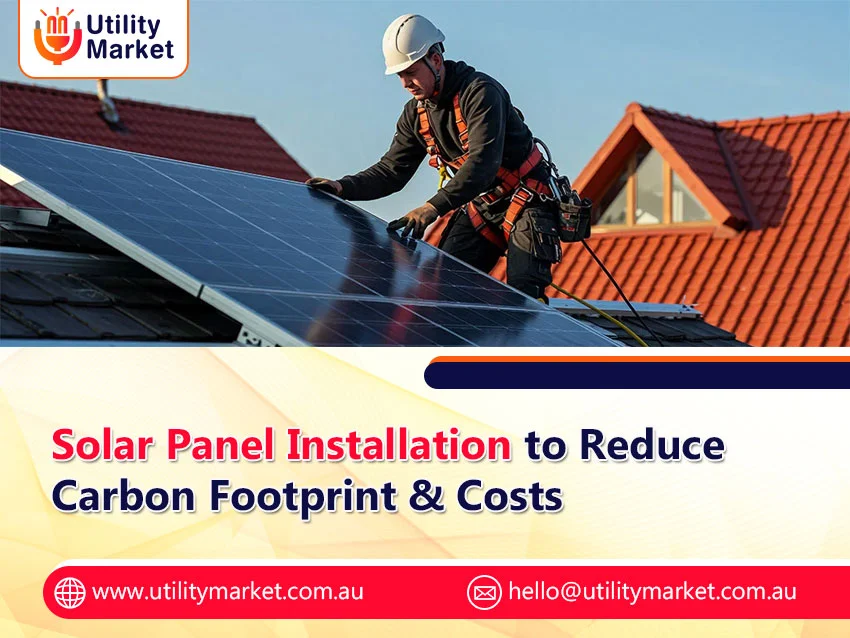
Picking the Right Solar Panel without Overpaying in 2025
Published August 2, 2025
Solar these days isn’t reserved for the tree-huggers alone. With electricity bills still nipping at the heels and rooftop solar cheaper than ever before, thousands of Australian homes are switching to solar every month. But with so many options available, how do you choose the best solar panel system without getting a bill larger than your power bill savings?
Here’s how to strike the right balance of price and performance without being taken for a spin in 2025.
Solar Prices in Australia: What’s the Going Rate?
A typical 6.6kW solar panel system that will be ideal for most homes will cost you between $4,000 and $9,000 after government rebates in 2025. So why the varied price?
It all depends on:
- Panel brand and efficiency
- Quad-flush quality
- Installation complexity
- Warranties and after-sales service
Don’t Forget the Government Rebate (STCs)
The Small-scale Renewable Energy Scheme (SRES) remains an option, and it’s doing a great job of keeping solar within reach.
Here’s how it works:
- Solar panel systems under 100 kW qualify for STCs.
- The brighter your location, the higher your STCs.
- Most installers use this as an upfront discount, typically saving you $2,400–$3,800 from the final price.
This discount falls a bit every year and vanishes entirely after 31st December 2030 so get in as soon as possible.
Price Isn’t Everything -Look at Value
An inexpensive solar panel system may seem appealing, but it could cost you more in the long run if it fails, performs poorly, or isn’t backed by a solid warranty. Always review the performance guarantee and the installer’s reputation. A well-installed mid-range system will outlast and outperform a top-tier system installed poorly. Make sure you carefully compare the quotes that land in your inbox before reaching a decision.
Every quote should include:
- System size (in kW)
- Panel and inverter brands
- STC rebate amount
- Installation cost
- Warranty terms
- After-sales support
- Monitoring options
If you’re feeling lost, use independent Aussie comparison sites or speak to a solar-savvy energy broker who knows the local scene.
Payback Period: How Fast Will It Pay Off?
Throughout Australia, the payback period for a well-designed solar panel system is typically 3 to 5 years. With electricity costs still rising and solar feed-in tariffs remaining at 5c to 10c per kWh, it makes sense to use most of your solar power during the day.
Hot tip: Use your dishwasher, washing machine, and pool pump during the daylight hours to maximize your solar energy and reduce that bill way down.
Final Word: Spend Smart, Not Cheap
Solar is a long game. You’re not merely purchasing panels you’re investing in 25 years’ worth of lower-cost power and energy independence. Don’t chase the lowest price. Chase the best value. With rebates remaining robust in 2025 and Aussie rooftops becoming smarter, there has never been a better time to go solar without getting stung.




